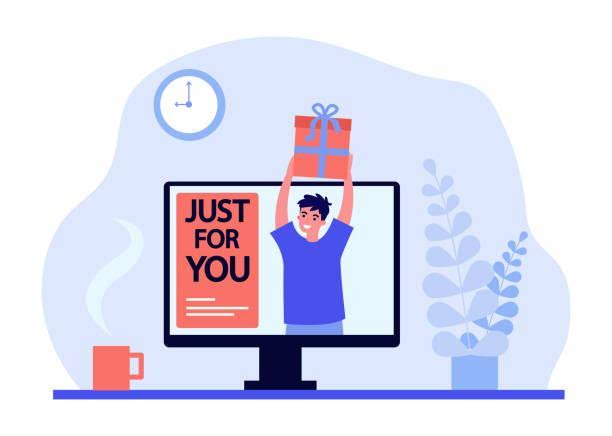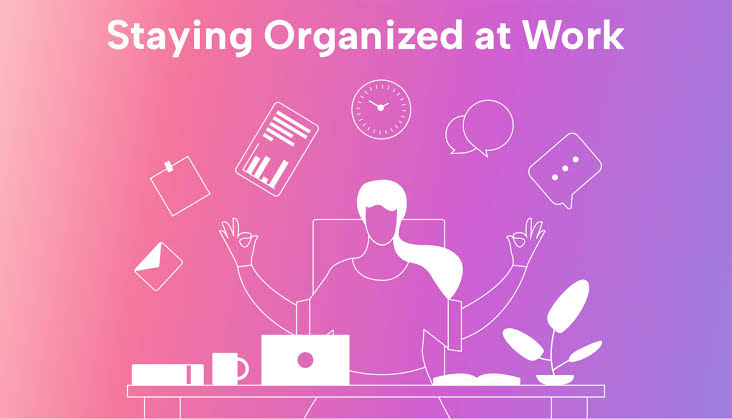Today, gadgets are important in our personal and work lives. Devices like smartphones, tablets, smartwatches, laptops, and smart home tools can be customized to fit your lifestyle and needs. By July 2025, new designs and software have made it easier to personalize your devices for better use and convenience.
Customizing your gadget not only improves convenience and usability—it also reflects your identity and makes everyday interactions feel more natural and enjoyable. Whether you’re aiming to boost productivity, enhance aesthetics, or simply make your device more ‘you,’ there are plenty of ways to get started.
Why Customization Matters
Personalizing your gadgets goes beyond changing wallpapers or ringtones. It influences how efficiently you work, how comfortably you navigate digital tasks, and how connected you feel to your technology. A customized gadget can increase focus, reduce friction, and provide a sense of ownership that generic, out-of-the-box setups often lack.
Moreover, with many gadgets now powered by artificial intelligence and connected to broader ecosystems, personalization helps improve device responsiveness. Smart assistants, for instance, can learn your routine and respond more accurately if you’ve tailored settings to reflect your preferences.
Starting with Aesthetic Personalization
One of the simplest and most popular ways to personalize a gadget is through its appearance. This includes:
- Wallpaper and themes – Choose visuals that reflect your personality, from calming minimalist art to energetic abstract patterns. Many devices now offer dynamic themes that change with time or weather.
- Phone cases and skins – Custom cases or vinyl wraps are not only protective but also give your gadgets a stylish flair.
- Widgets and home screen layout – On smartphones and tablets, rearranging your apps and using widgets for weather, calendar, or to-do lists can make your screen both beautiful and functional.
- Custom icons and fonts – Many modern operating systems (like Android 14 or Windows 12) let users change icon shapes, colors, and system fonts to match personal tastes.
These aesthetic touches make your device visually distinct and often more enjoyable to use day to day.
Functional Customization for Productivity
Aesthetic changes are great, but functional personalization has a real impact on performance and usability. Here are some practical ways to personalize for productivity:
- Custom shortcuts – Set up keyboard or screen shortcuts for actions you do frequently (like launching apps, taking screenshots, or turning on Wi-Fi).
- Automation tools – Use platforms like Apple Shortcuts, Samsung Routines, or Google’s Lookout to automate tasks such as setting Do Not Disturb during meetings or turning on lights when you arrive home.
- App configurations – Customize app settings to suit your workflow, like adjusting layout views in note-taking apps or creating filters in your email client.
- Voice assistant tuning – Configure your smart assistant (like Siri, Google Assistant, or Alexa) to recognize your voice, understand your routine, and control your smart devices with personalized commands.
When configured correctly, your gadgets can become seamless extensions of your habits and intentions.
Personalizing Notifications and Alerts
Constant pings and alerts can distract more than help. That’s why customizing your notification preferences is essential for mental clarity and focused attention:
- Prioritize important apps – Only allow critical notifications (calls, calendar alerts) while muting non-essentials like game ads or social media.
- Use Do Not Disturb modes – Most devices let you schedule downtime or sleep mode, so you only get alerts from specific contacts or apps during set hours.
- Custom tones and vibration patterns – Assign unique sounds or vibration types to contacts or apps to know who’s contacting you without even looking.
These changes help strike a healthy balance between staying informed and staying present.
Voice and Accessibility Settings
Personalization should also extend to usability. Modern devices include a wide array of accessibility features that benefit all users:
- Voice control – Dictate messages, open apps, or search the web hands-free using voice commands.
- Screen readers and magnification – Adjust text size, contrast, or have the device read content aloud to reduce strain or assist with disabilities.
- Gesture navigation – Customize swipe and tap gestures to make app switching and navigation smoother.
These settings are not just for users with special needs—they improve efficiency and comfort for everyone.
Creating User Profiles and Accounts
Many gadgets now support multiple user profiles. This is especially useful in shared households or workplaces:
- User profiles on smart TVs or tablets – Each person can have their own layout, app list, and preferences.
- Kids’ modes – Child-friendly accounts allow parents to limit screen time and block inappropriate content.
- Work and personal modes – Set up separate home screens and apps for work and play, helping you focus better during working hours and disconnect after.
By defining user profiles, your device remains relevant to your current context.
Integrating Devices for a Seamless Ecosystem
Modern technology allows you to personalize how your devices work together:
- Sync devices – Sync your smartwatch with your phone, your phone with your laptop, and your smart speaker with your calendar.
- Smart home routines – Use your gadget to trigger smart home actions (lights, AC, locks) based on voice commands, GPS, or time of day.
- Cloud synchronization – Customize how your files, notes, and photos sync across devices to ensure you always have what you need, wherever you go.
This kind of ecosystem-wide personalization increases efficiency and creates a truly connected lifestyle.
Conclusion
Personalizing your gadgets is about transforming them into powerful tools that reflect who you are and how you live. With today’s advanced systems and flexible customization options, it’s easier than ever to adapt your devices for aesthetic pleasure, practical use, and improved mental clarity.
Whether you’re redesigning your home screen, fine-tuning app permissions, or automating your smart lights, small changes can make a big difference. Your gadgets shouldn’t feel like generic tools—they should feel like tailored companions that empower your everyday life.



